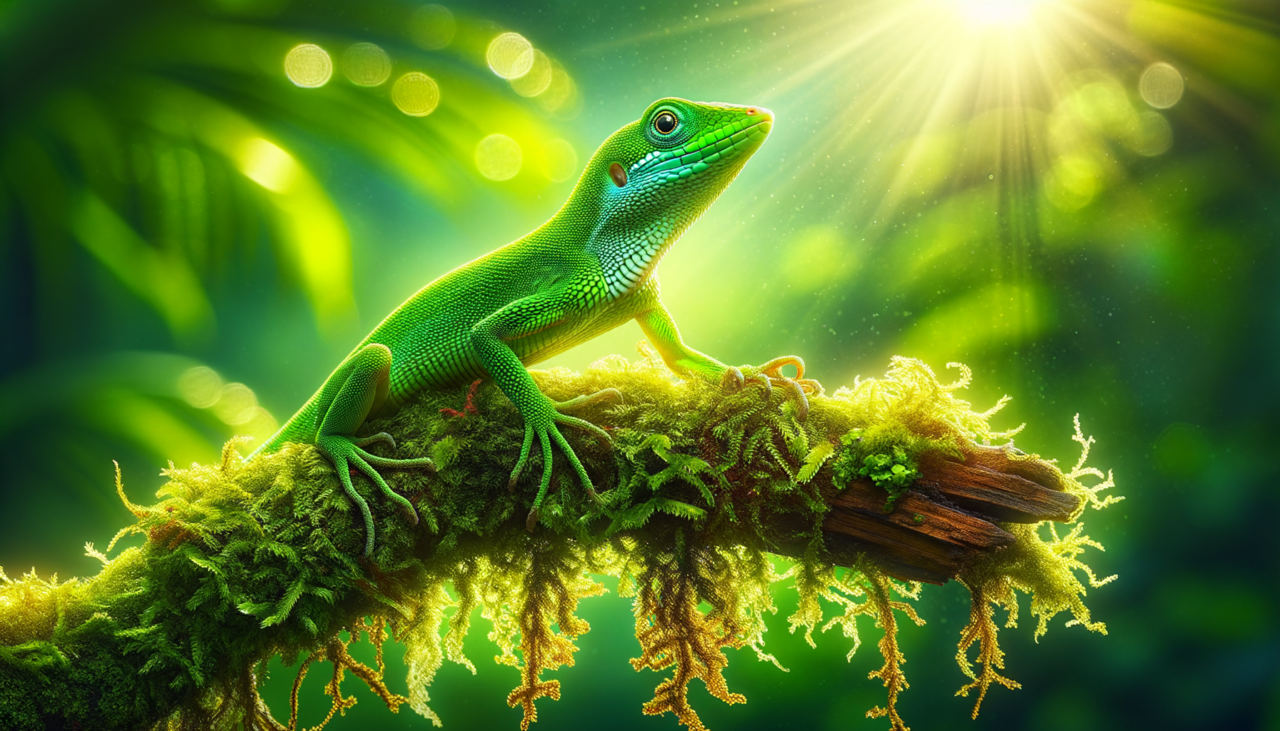Lizards, those fascinating creatures that scuttle across our gardens and deserts, carry with them an intriguing blend of ancient wisdom and contemporary curiosity. Did you know that the smallest lizard in the world, the Jaragua lizard, weighs less than a single paperclip? This tiny marvel, found in the Dominican Republic, measures a mere 16 millimeters in length, showcasing nature’s remarkable diversity.
The weight of a lizard varies greatly depending on its species. While the diminutive Jaragua lizard weighs around 0.13 grams, the hefty Komodo dragon, the largest of all lizards, can tip the scales at an impressive 150 kilograms. Such vast differences in size and weight reflect the incredible adaptability of lizards, which have been roaming the Earth for over 200 million years.
In the realm of Korean folklore, the lizard is seen as a symbol of regeneration and survival, embodying the proverb, “The gecko’s tail grows back,” which serves as a reminder of resilience in the face of adversity. Weighing these creatures, however, presents a unique challenge. Their elusive nature and varying habitats make it difficult to capture accurate measurements, yet it is essential for understanding their ecological roles and conservation needs.
In today’s world, knowing the weight of a lizard is more than a mere scientific curiosity. It allows researchers and enthusiasts alike to monitor the health of ecosystems, track environmental changes, and ensure the survival of these remarkable reptiles. Just as a wise elder might share tales of the past to illuminate the present, understanding the weight of a lizard helps us appreciate the delicate balance of nature, guiding us toward a future where humans and lizards coexist harmoniously.

Comments (0)
There are no comments here yet, you can be the first!